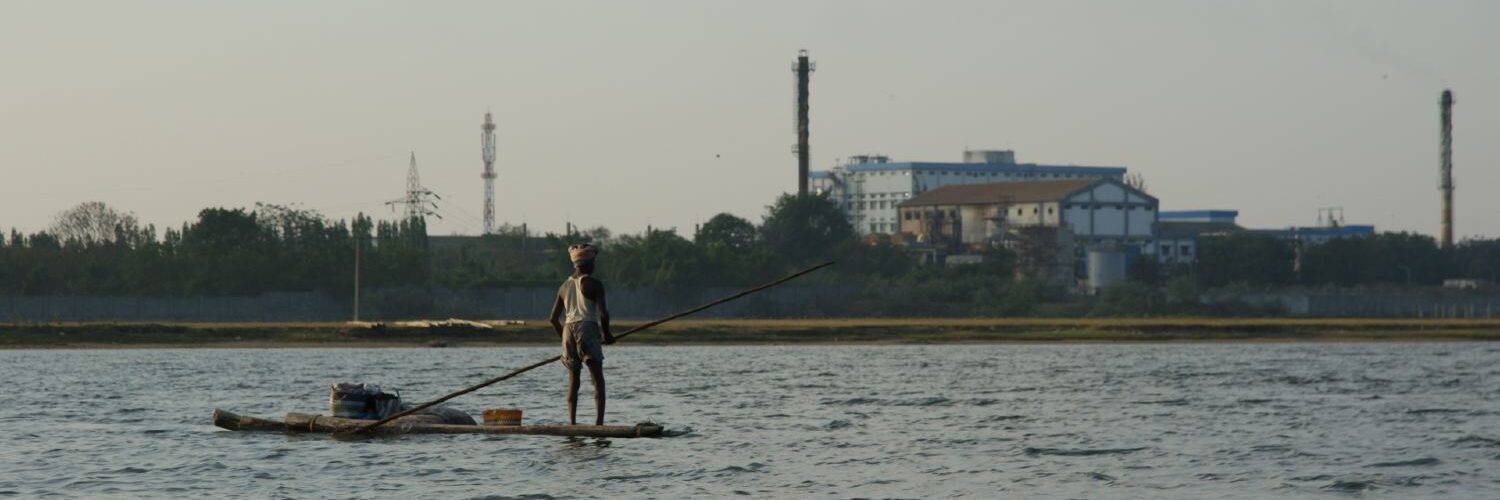9 March 2011
A.V. Ragunathan
The Hindu
CUDDALORE: Residents of at least three villages were affected by fumes, following an acid leak in unit II of Shasun Chemicals and Drugs Ltd located on SIPCOT Industrial Estate here on Monday night.
As many as 71 persons, including 11 children in the age group of two to 10 years, and 24 women, suffered health complications such as irritation in the eyes, trachea and stomach, coughing, nausea, skin allergy and sudden sapping of energy.
The affected villages include Kudigadu, Eachangadu and Karaikadu.
Following the incident, District Collector P. Seetharaman ordered the unit’s closure.
Eyewitness accounts had it that fumes densely enveloped the area and severely affected visibility, spreading panic among residents.
Five of the affected women, namely Meena (30), Kalavathi (36), Lakshmi (6), Malliga (52) and Mazhai Amma (50), who had developed serious respiratory problem, were admitted to the intensive care unit, and others have been admitted as inpatients.
Hospital sources said their condition was stable and they would be kept under observation for a day.
Following the incident, people in the neighbourhood blocked traffic on the Cuddalore-Chidambaram road for about two hours urging the authorities to take stern measures against the company management.
The Collector, accompanied by Superintendent of Police Ashwin Kotnis, District Environmental Engineer D.Sekar, Deputy Chief Inspector of Factories V. Thangaraj and a medical team visited the spot and arranged for relief measures.
The Collector told The Hindu that three transport corporation buses were deployed to shift the villagers to a marriage hall at Kurinjipadi and the government school at Old Town for safe accommodation.
However, two of the buses were diverted straight to the Cuddalore Headquarters Government Hospital where the residents got themselves admitted.
The Collector said adequate number of doctors and para-medical staff were posted at the hospital to take care of them.
He said the idle stock of bromine kept in bottles of various sizes in the chemical unit was the cause of the fumes. It seemed that some of the bottles might have broken, letting out heavy fumes.
Mr. Seetharman said it was a “localised incident.” However, the residents panicked and ran helter-skelter. Had a siren been sounded it would have created further alarm.
The Collector suggested imparting of training on disaster management among the local residents besides forming a chemical guild, consisting of experts, by the SIPCOT units for exchanging ideas on how best an emergency situation could be tackled.
